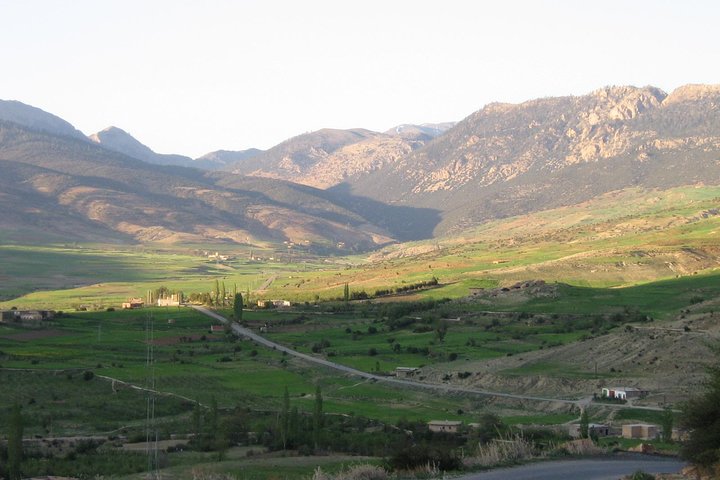Unveiling the Secrets of the High Atlas: A Berber Village Experience
Drawn by the allure of the High Atlas Mountains, I embarked on a journey to a Berber village, eager to uncover the secrets of its people and their way of life. What I found was a world rich in tradition and history, a stark contrast to the urban decay I often explore.
A Journey into the Heart of the High Atlas
The morning air was crisp as I embarked on a journey that promised to unveil the hidden life of the Berber people nestled under the imposing High Atlas Mountains. The road twisted and turned, each bend revealing a new facet of the landscape, a tapestry woven with olive and almond trees, palms, and the rugged embrace of the mountains. It was a scene that seemed to whisper secrets of a time long past, a stark contrast to the urban decay I often find myself drawn to.
Our first stop was the bustling souk, a marketplace alive with the vibrant colors and scents of the region. Here, we gathered provisions, each item a piece of the puzzle that would later become our meal. The souk was a sensory overload, a cacophony of voices and the rich aroma of spices that clung to the air. It was a place where time seemed to stand still, a reminder of the enduring traditions that have shaped this land.
The Berber Village: A Glimpse into Another World
Arriving at the Berber village was like stepping into a living museum. The village, built in the traditional Pisa style, was a testament to the resilience and ingenuity of its people. Our hosts welcomed us with a breakfast ritual that was as much about community as it was about sustenance. Mint tea, traditional bread, honey, argan oil, and amlou were laid before us, each bite a connection to the land and its history.
As we collected wood for the traditional oven, I couldn’t help but draw parallels to the forgotten corners of Eastern Europe I often explore. Here, too, was a place where history lingered in every stone, where the past was a living, breathing entity. The preparation of the tagine was a communal effort, a dance of peeling vegetables and layering flavors that spoke of generations of culinary wisdom.
A Feast for the Senses
The afternoon unfolded with a visit to the village’s Médersa, an old school that stood as a silent witness to the passage of time. Its classes, dormitories, and dining room were echoes of a bygone era, much like the Soviet-era buildings I often find myself wandering through. There was a melancholic beauty in its decay, a reminder of the stories that walls can tell.
Lunch was a celebration of the senses, a Moroccan salad followed by a meat tagine with vegetables, each dish a symphony of flavors that danced on the palate. As we dined, the landscape stretched out before us, a canvas painted with the hues of the earth and sky. It was a moment of connection, not just with the people around me, but with the land itself.
As the day drew to a close, I found myself reflecting on the journey. It was a day of discovery, not just of a place, but of a way of life that is both foreign and familiar. The Berber village, with its rich tapestry of history and tradition, had left an indelible mark on my soul, a reminder of the beauty that lies in the forgotten corners of the world.














































